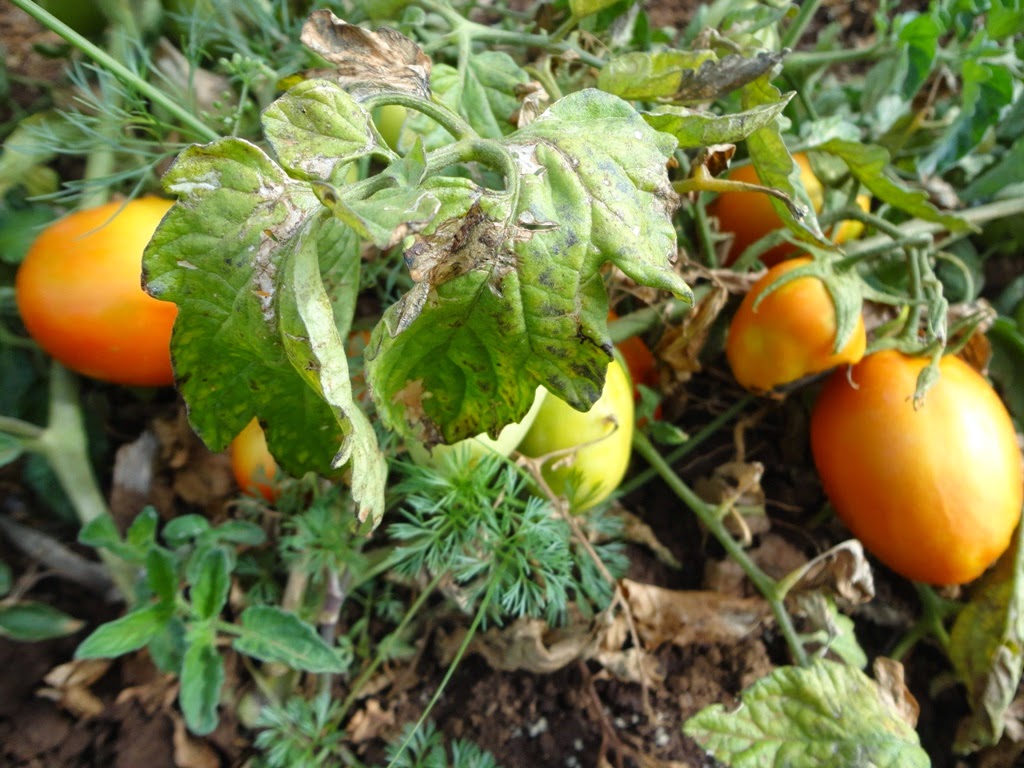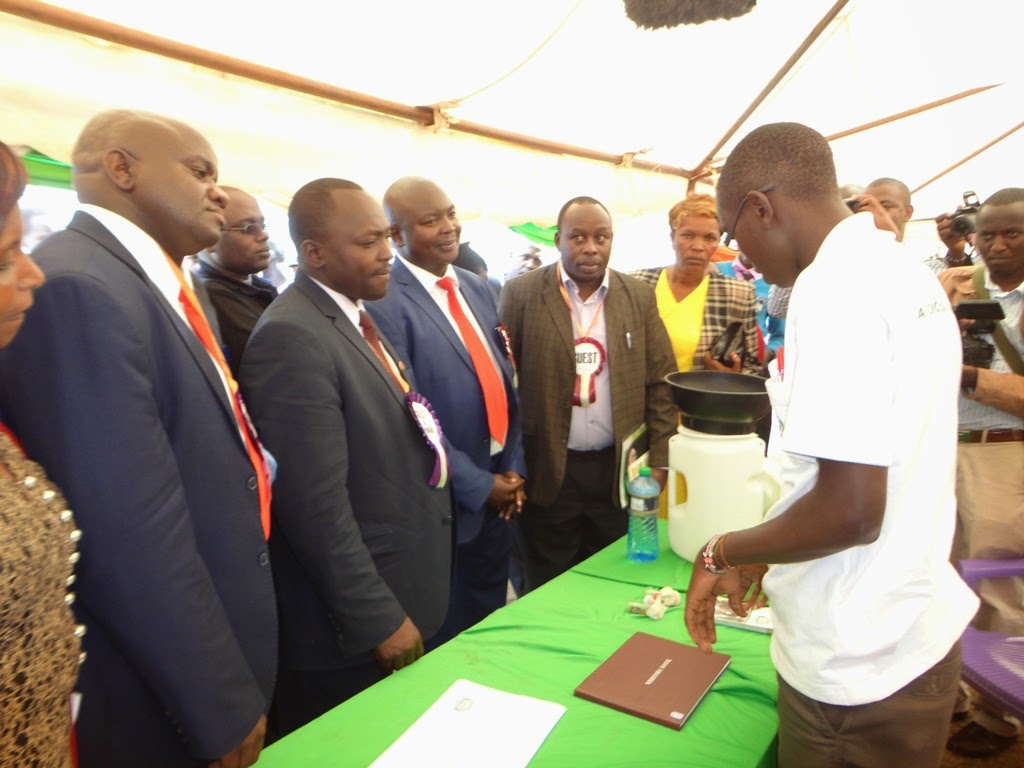By Bob Aston
Most farmers from Ol-Moran ward narrated their experiences during the trade fairs. They were able to interact and learn from more than 50 different exhibitors who showcased Dairy Products, E-dairy, rabbits, quails, bee Keeping, agro-chemicals and seeds, financial services products, Insurance Services, agricultural products, domestic tourism, mcommerce, biogas and bio-fuels demonstration, artificial insemination (AI), greenhouse farming and farm machinery and equipments.
The Kenya
Livestock Producers Association in collaboration with the Laikipia County
Government held a two day agribusiness trade fairs on March 27-28, 2015 at
Nyahururu stadium, Laikipia County. The trade fairs enabled many farmers across
Laikipia County and beyond to share experiences as well as network.
The County government of Laikipia
provided transport for some farmers across Laikipia County to attend the trade
fairs. On their part the Arid Lands Information Network (ALIN) organized for
eight (8) members of Laikipia Produce and Marketing Co-operative Society to
exhibit their produce during the trade fairs.
 |
| An agriculture officer training farmers about conservation agriculture |
Most farmers from Ol-Moran ward narrated their experiences during the trade fairs. They were able to interact and learn from more than 50 different exhibitors who showcased Dairy Products, E-dairy, rabbits, quails, bee Keeping, agro-chemicals and seeds, financial services products, Insurance Services, agricultural products, domestic tourism, mcommerce, biogas and bio-fuels demonstration, artificial insemination (AI), greenhouse farming and farm machinery and equipments.
Mr. Peter Mwangi noted that he
managed to learn a lot about Maize Lethal Necrosis Disease (MLND) which
affected his agricultural activities in 2014. He said that he spent most of the
time at the Ministry of Agriculture, Livestock and Fisheries Development
exhibition stand inquiring from the officers about the disease and what he can
do to ensure that 2015 does not turn up like 2014.
“The Ministry officials were very
cooperative. I was given the entire process of how the disease can spread and
the most effective ways of mitigating against the disease. I am now fully equipped
to deal with MLND,” said Mwangi.
He said that he bought an incubator
in 2014 but he has never benefited from it due to frequent power outages and
other mechanical issues. This year he decided to visit all the stands that were
dealing with poultry farming and especially the ones that were selling
incubators.
 |
| Farmers being shown a new innovation |
“I have been capacity built on how
incubators work and what might be making my eggs not to hatch. I will now try
and see if the new knowledge that I have gained will be of benefit to me,” said
Mr. Mwangi.
On her part, Mrs. Veronica Kemunto
who represented Laikipia Produce and Marketing Co-operative Society during the
exhibition noted that exhibiting had been an eye opener for them. She said that
it served as a learning experience and as a cooperative they are now better
informed and are aware about what farmers expect from them.
“Many farmers learned what we have
been doing and we also learned from them. We have really been challenged and we
expect to improve in our service delivery. We also managed to network with
other likeminded organizations. The trade fairs really exposed us,” said Mrs.
Kemunto.
Mr. Samuel Nyaga was particularly
interested in learning about organic farming. He has been an organic farmer for
quite some time and he was eager to enrich his knowledge in the subject so that
he can improve his farming activities.
He noted that he left the
agribusiness trade fairs as a happy man as he was able to network and meet
other farmers who also share a passion in organic farming.
 |
| Farmers being trained on dairy farming |
“This has been something that I am
passionate about and I always attend such events to ensure that I am updated
and also so that I can learn from others what they are doing. I am glad that I attended
the trade fairs as I managed to learn a lot,” said Mr. Nyaga.
Similarly, Mrs. Margaret Mwangi
recounted how she started dairy farming and how she used to experience low
yields. She used to get as little as one litre of milk per cow. Last year she
attended the event and sought out other dairy farmers and exhibitors. After carefully
listening to what the exhibitors had told her she decided to apply what she had
learned. Soon she started getting more than 10 litres of milk per dairy cow.
This year she was back at the
agribusiness trade fairs. She again sought out different exhibitors and dairy
farmers.
“I want to increase my milk
production. I expect that the knowledge that I have gained this year will
enable me to get more than 20 litres per cow. The trade fairs have been a
blessing for us farmers. The knowledge that I have been acquiring have really empowered
me,” she said.
The objectives of the trade fair
included; to afford the regions farmers, service providers and industry
suppliers a unique opportunity to showcase their products for benchmarking and
trade, expose agricultural sector stakeholders (practitioners and suppliers) to
new technologies and ideas for better efficiencies and quality, provide a
platform for short seminars and demonstrations to small scale and large scale
players in the sector, to showcase outstanding breeds for different livestock
and to encourage farmers to invest in farming as a business.








